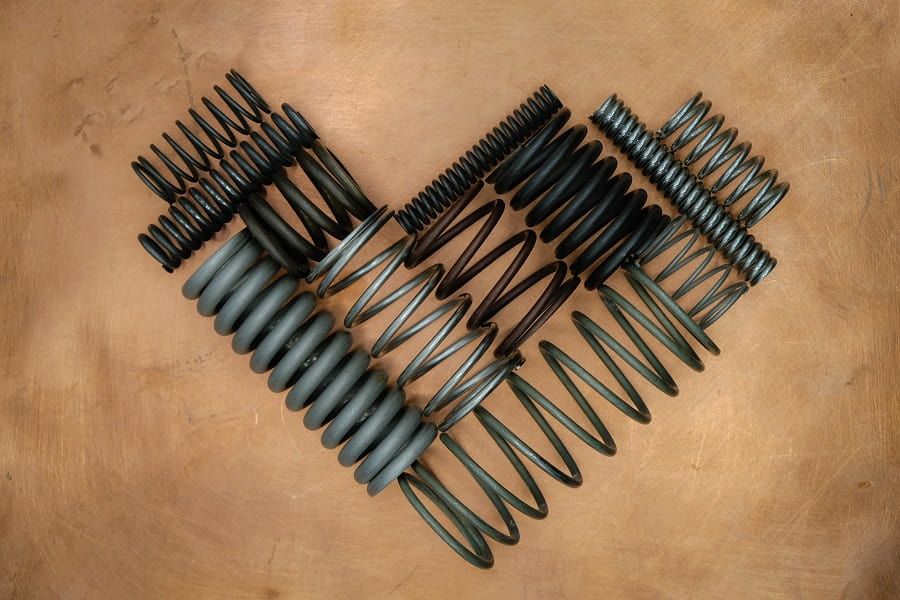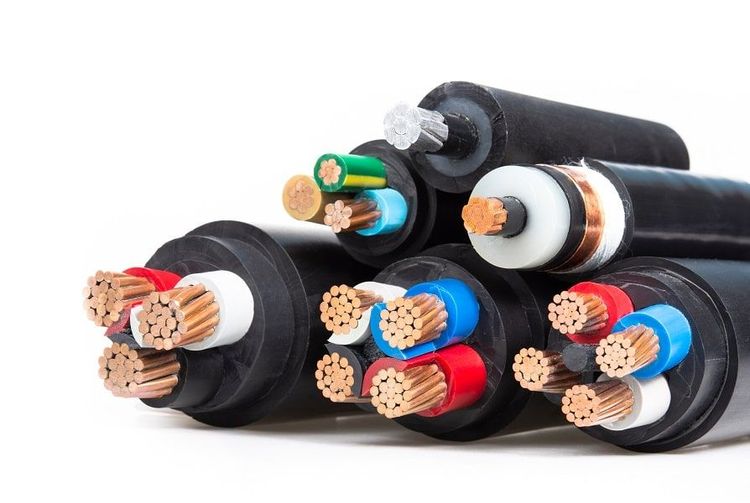The periodic table of chemical elements used by high school students lists nearly 95 metals, which is about 80% of that tabular display. Some of the more commonly used metals/alloys are copper, brass, and bronze. The most popular of all metals/alloys is steel.
What to pick – steel, copper, brass, or bronze?


All of these metals and alloys come with their own ingrained strengths and utilities. Many consumers know what alloy they want, while others would have made up their minds well before calling the dealer. However, this is not the case with everyone. Understanding the need and the metals, their key attributes, and most common applications will ease the buying decision. Here’s a dipstick study of these most popular alloys and metals to know if you need to make steel products or something else entirely.
Steel, the No. 1 choice
Steel is an alloy formed by adding carbon to iron: it helps increase its ability to withstand stress and corrosion. Iron is a magnetic material; therefore, the alloy carries magnetic properties.
Hot and cold-rolled steel
Steel can be rolled out at high temperature (1700°F or more) into desired dimensions, while still hot, and cooled further to room temperature for additional strength. Hot Rolled or HR steel sheets are less expensive than cold-rolled ones and are used wherever extreme dimensional accuracy and surface finish are not so relevant. For example, agricultural equipment and automobile parts.

Cold-rolled steel (CRS) is HR steel that has undergone further processing at high pressure – albeit at room temperature. And since cold rolling involves more processing, this steel tends to be more expensive than the hotter product. But the tradeoff is worth the expense. CR sheets come with shiny and smooth surface quality, improved strength, and high corrosion resistance. This makes an ideal choice where precision is a key criterion.
Annealed steel
Cold steels suffer from tensile tensions trapped within them during the production process. So, they need to be “annealed” by heating to a certain degree (1900°F), followed by slow cooling in a controlled atmosphere. This lowers the hardness of the alloy and relieves internal stresses while increasing its ductility and machinability. It also improves its electric conductivity.
Tempered steel
This is steel treated at around 2500°F and then rapidly cooled. Tempered steel features superior strength and hardness and is capable of carrying high loads and withstanding deformation.
Spring steel
As the name suggests, these steels are at once resilient and pliable and are capable of absorbing stress, “springing” back to their former shape. This strength is achieved through heat treatment and rolling. It is commonly used in springs, washers, antennas, saw blades, lawn mower components, coil springs, and certain landing gears.

Stainless steel
Stainless steel displays remarkably high corrosion and heat resistance, a strength it owes to the 10.5%-30% of chromium in it. Not surprisingly, there is demand for stainless steel from industries as diverse as kitchenware to construction and energy.
Steel has become ubiquitous by virtue of its remarkable ability to withstand stress and it is wallet-friendly. However, that is no reason to discount the shaping role in our lives played by other metals/alloys like: -
Copper, Brass, Bronze
Copper has been in use since about 8000 BC. Properties like high availability, ductility, as well as electrical/thermal conductivity make it the obvious choice in wiring and electrical components. Copper wire, with its sheen, is perfect for jewellery and décor. In alloy form, (e.g. Zirconium, Beryllium copper), it exhibits high strength, besides good-to-high electrical conductivity.

Brass is an alloy of copper and zinc, and lead is also commonly added to it to make it highly machinable. This apart, brass has attractive properties like a low melting point and thermal/electrical conductivity. It can withstand regular wear and tear, pressure and damage, and is used in locks, hinges, bearings, and musical instruments. Cartridge brass alloy, with high zinc content, finds application in wood screws, rivets, fasteners, and springs.
Bronze is another copper alloy, this time with tin. By its very nature, bronze is highly ductile and corrosion resistant. Phosphor bronze, a specialised alloy, is used in fasteners, switches, relays, contacts, springs, bolts, and bearings because of its high resistance to fatigue and wear.
Each material has its inherent strengths and it’s not a one versus the other scenario. If steel is your requirement, it’s important that you buy from steel manufacturers with tried and tested processes and market standing and more so, if you are an MSME.
Visit JSW One MSME, where we are dedicated to meeting the pressing needs of small and medium enterprises in the steel sector. Benefit from this one-of-a-kind seamless digital highway connecting MSME steel buyers with steel dealers and onward to steel manufacturers, wherever they are. Head to JSW One MSME for the best materials and best steel prices. Online steel shopping just became simpler.
Buy online
Mild SteelStainless SteelStructural SteelTMTCementJSW One MSME
About usBlogsSitemapJSW One TMTPolicy
Terms & conditionsPrivacy policyReturn policyBanking partner


 +91 7208055523
+91 7208055523
 Help & support
Help & support
